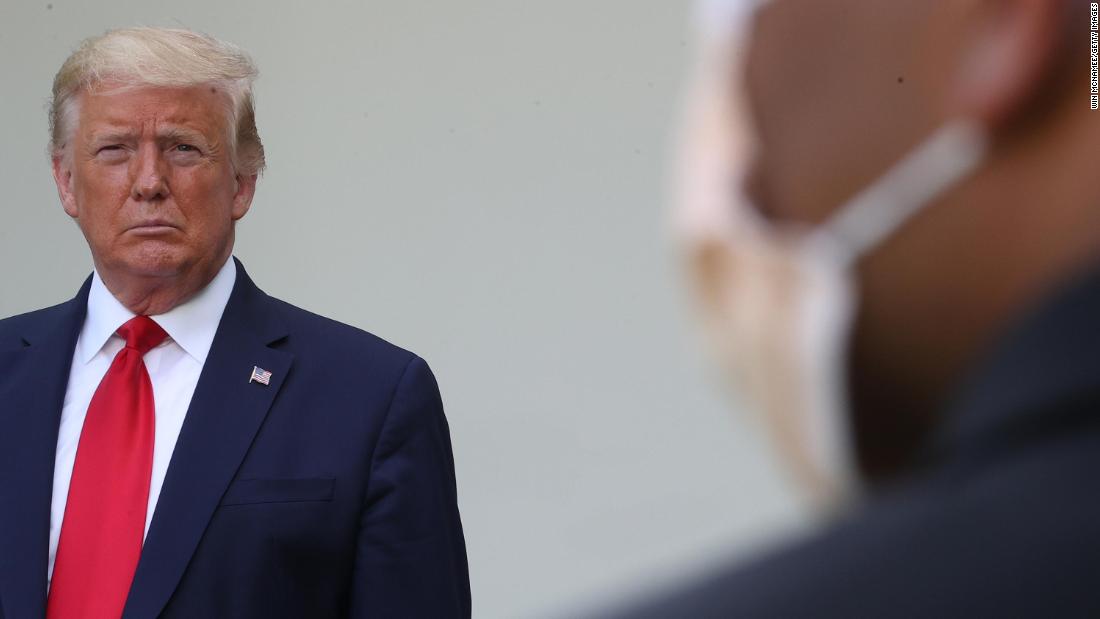[ad_1]
Trump announced those actions within a few minutes and said little about them. Instead, he launched into a partially scripted attack on his 2020 election rival that stretched into the early evening and went well beyond a critique of Joe Biden’s policy toward China.
Frustrated at his inability to hold campaign rallies due to the surging coronavirus pandemic, Trump appeared to bring his rally speech to the White House instead. Past presidents have made an effort to avoid such overtly political remarks from the White House, but those customs often mean little to Trump and his discursive speech on Tuesday was nearly identical to his attacks on the trail.
“We could go on for days,” Trump said midway through his address.
Before he launched into his blindly political speech, he said he was signing a bill and executive order punishing China for its actions in Hong Kong.
He also said he held Beijing responsible for concealing coronavirus at the start of a now-global pandemic and “unleashing it upon the world.”
“Could have stopped it,” Trump said, “They should have stopped it.”
At the start of July, the US Senate approved a final version of legislation that would punish China for moves that lawmakers fear will crush democratic freedoms in Hong Kong.
Trump said his executive order would end preferential treatment for Hong Kong.
“Hong Kong will now be treated the same as mainland China,” he said. “No special privileges, no special economic treatment and no export of sensitive technologies.”
The announcements came during a late-afternoon Rose Garden event that was added to the President’s schedule a few hours earlier.
He’s also been encouraged by political advisers to take a more forceful tone against Biden, who polls show is leading by double digits.
He seemed to take both of those recommendations to heart on Tuesday, decrying Biden’s “entire” career as “a gift to the Chinese Communist Party.”
The China issue has become a leading election year topic as Trump and Biden each attempt to paint the other as weak in the face of aggression from Beijing. Both sides have used the issue in campaign ads.
Trump has stated he is unhappy with the country but that he’s not yet planning to scrap the trade agreement he struck with Chinese President Xi Jinping last year.
He said Tuesday he didn’t have any plans to speak with Xi in the near future.
On Monday, Secretary of State Mike Pompeo announced a formal rejection of “most” of China’s maritime claims in the South China Sea, the latest in the escalation between Washington and Beijing.
Last week, the Trump administration took action against Chinese officials for their involvement in human rights abuses in the Xinjiang region, where Uyghur Muslims and other minority groups have been detained and tortured.
And two weeks ago, the administration announced visa restrictions on current and former Chinese officials who it says “were responsible for eviscerating Hong Kong’s freedoms.”
This story has been updated with further details and context.
[ad_2]
Source link


